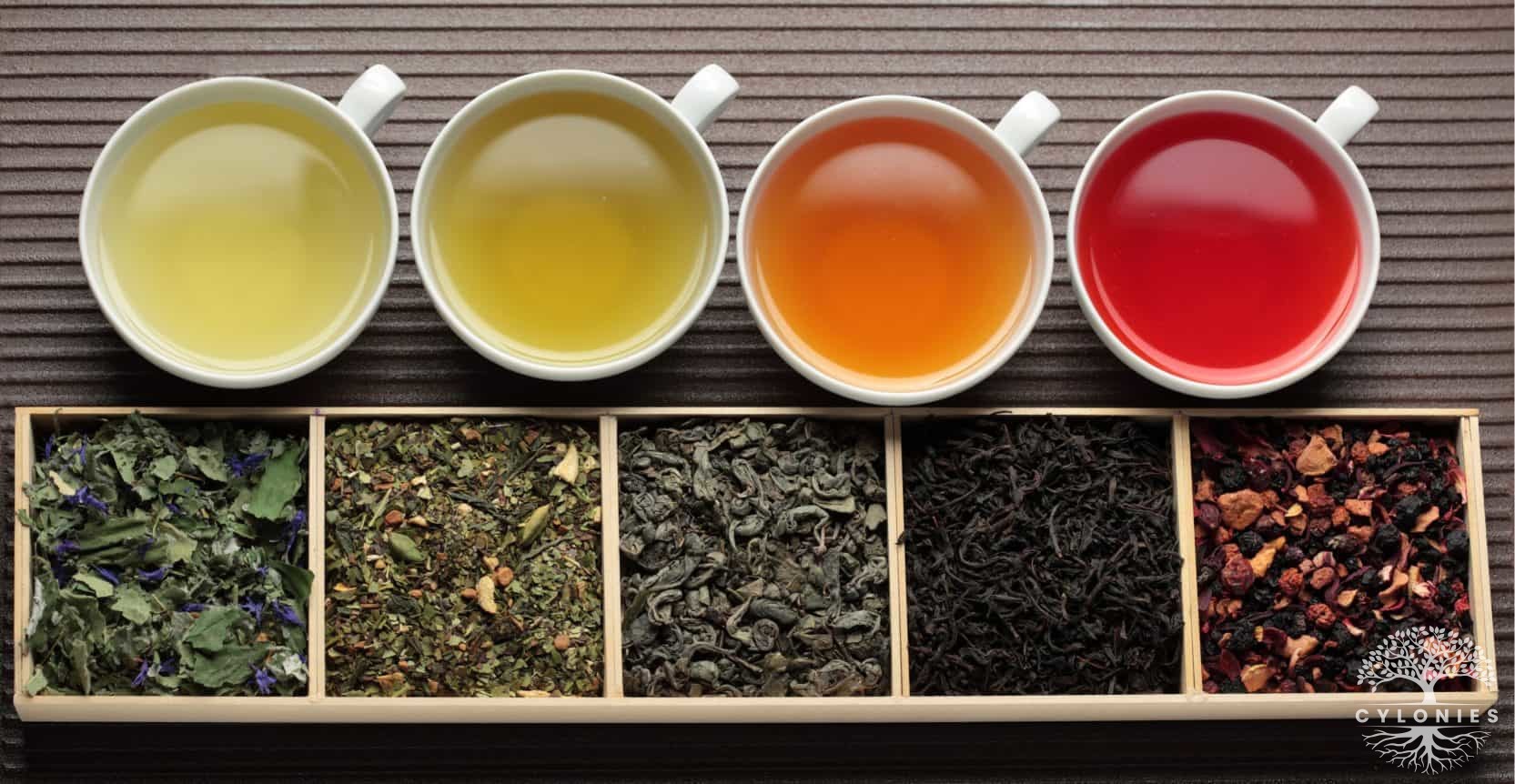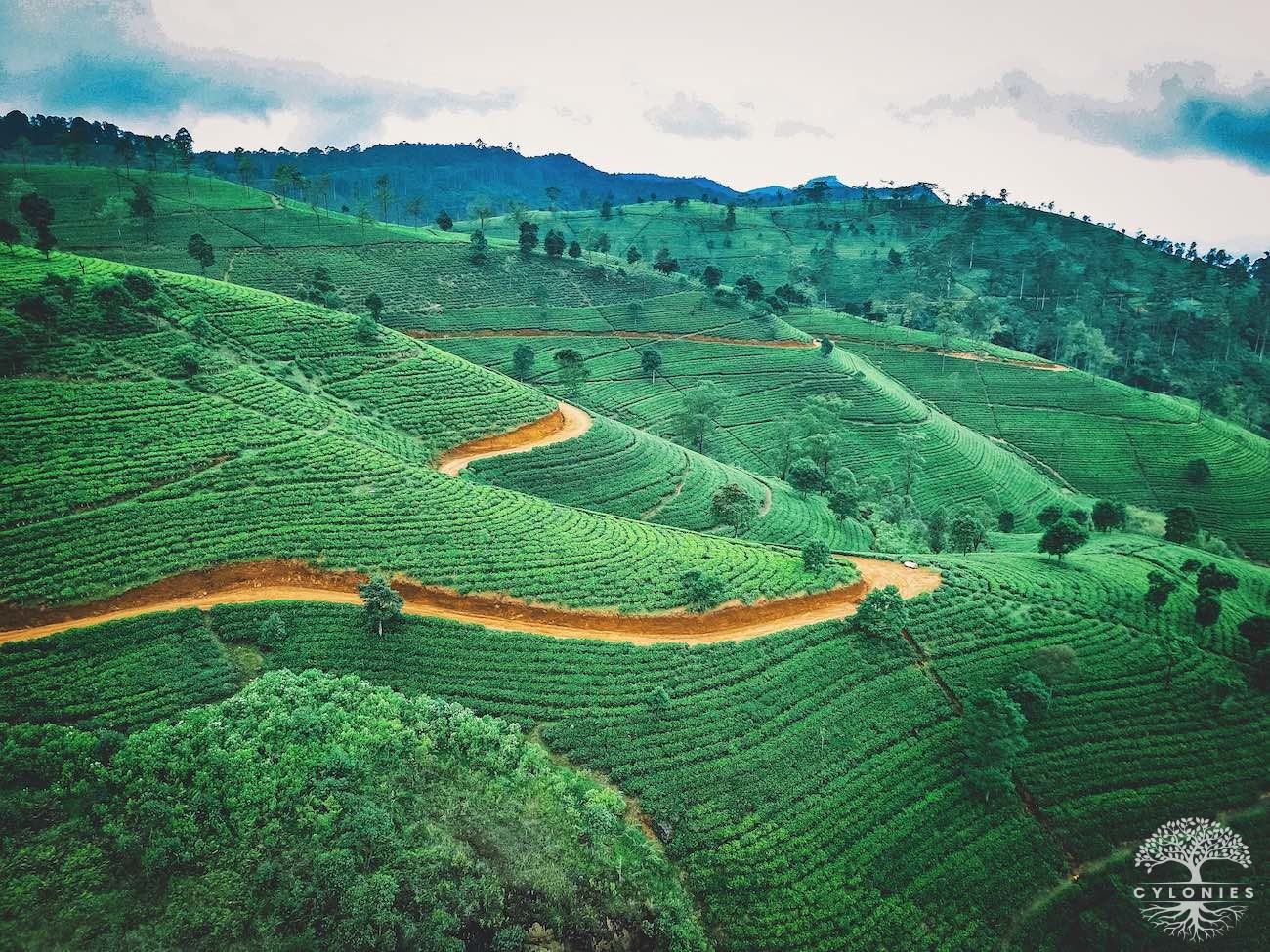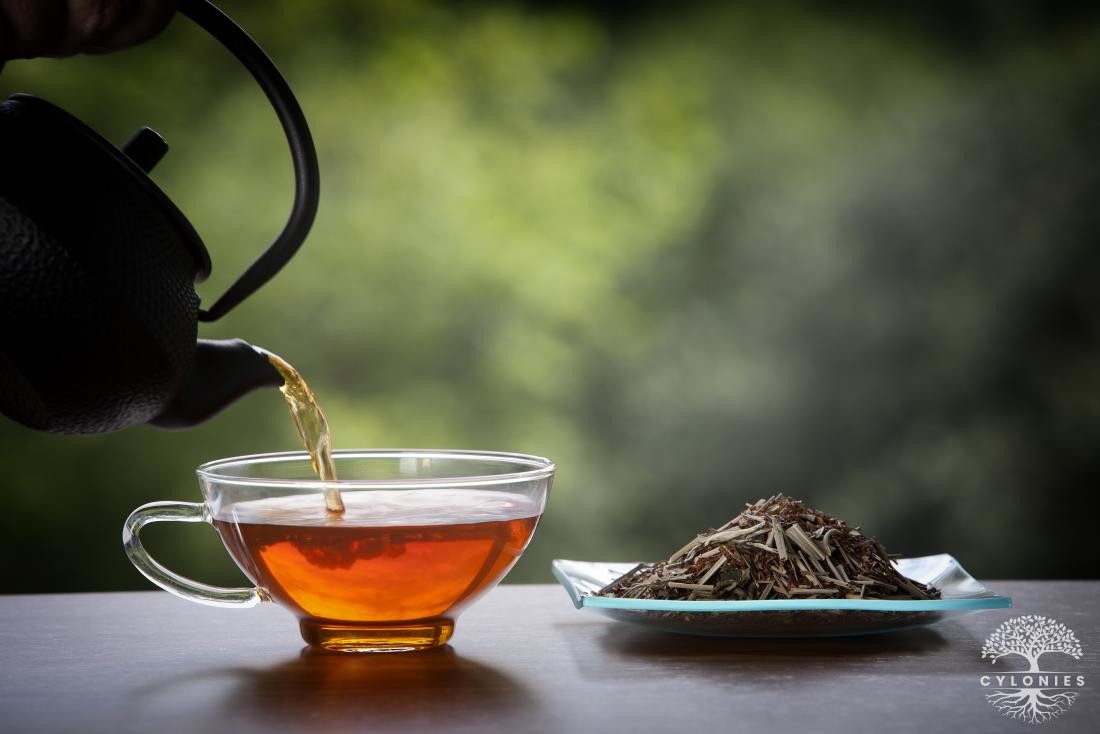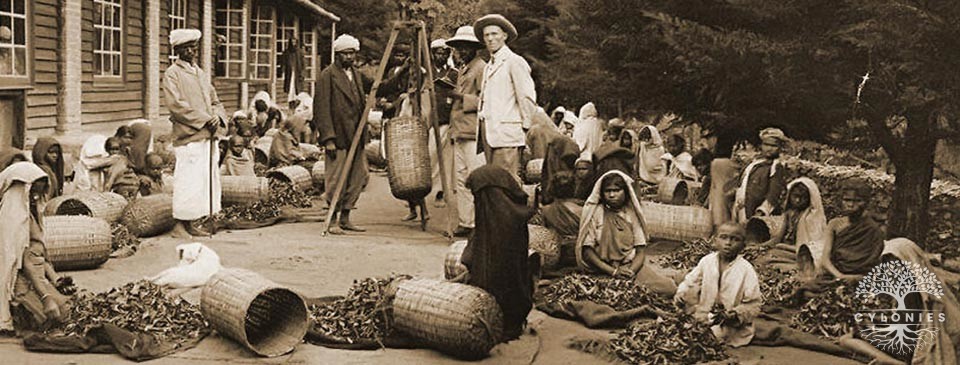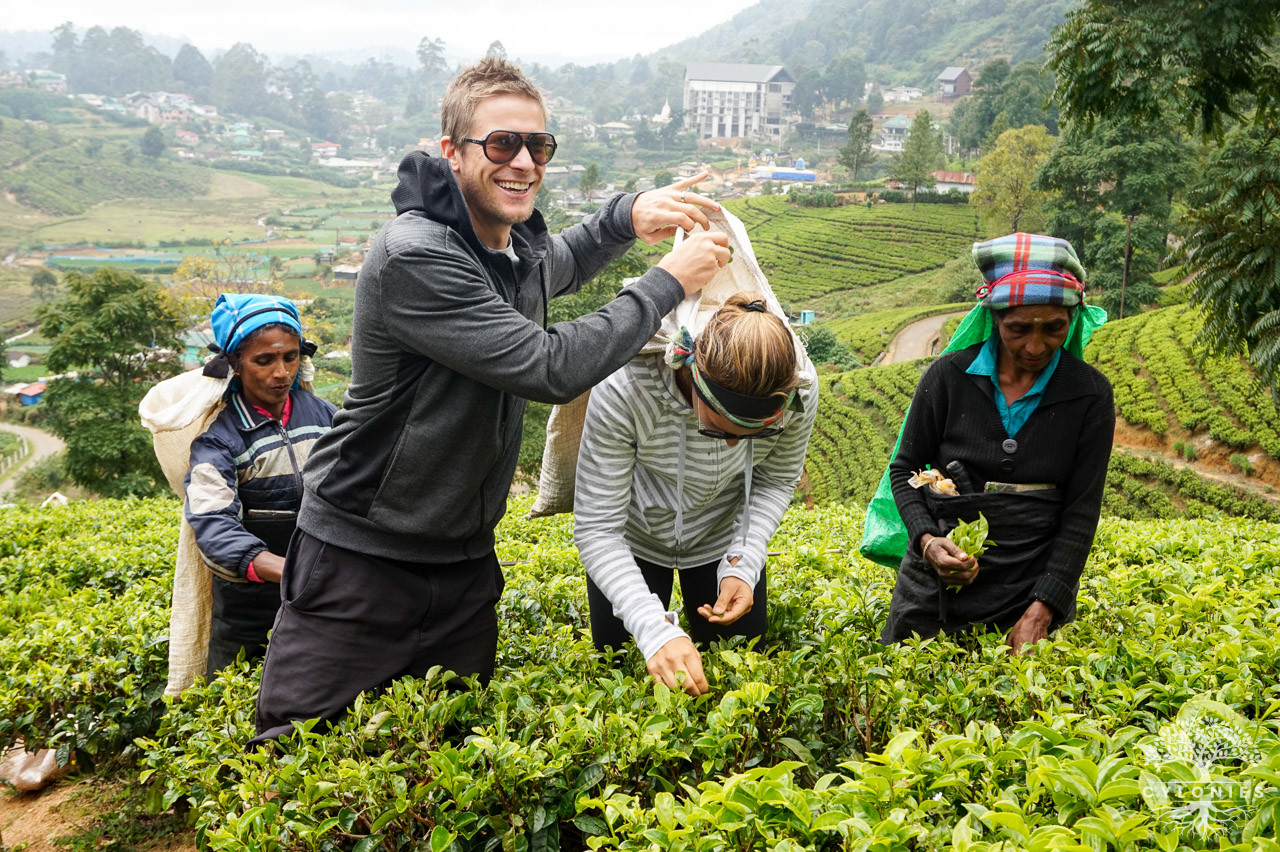Have you ever had a cup of Ceylon tea?
Ceylon (say-lawn) tea is a tea grown on the island of Sri Lanka, formerly known as Ceylon. Because Sri Lanka has such a wide variation of height, climate, soil type, plant varietals, and weather, the tastes and character of the teas produced there vary tremendously. Regardless of geographical differences, a genuine Ceylon flavor is believed to be strong, rich, and sharp. It boasts medium-to-full tannins with some citrus, chocolate, and spice flavors.
Ceylon tea is prepared from the dried leaves of the Camellia sinensis tea plant. Because the leaves are left long and thin with a wirelike appearance, they are commonly described as wiry. These leaves are fairly simple to distinguish in the tea market. The majority of Ceylon tea is orthodox, which means it was hand-processed to produce a sharp, bright tea.
Why Ceylon Tea is so popular?
Ceylon Tea is often regarded as the best in the world, because to its distinct flavor, smell, and freshness. Ceylon Tea is uniquely chosen by expert tea pluckers and is generally manufactured using conventional and artisanal methods, promising that it is a quality product of Sri Lanka. It is represented by the Lion logo and the 'Ceylon Tea' trademarks, assuring that it is a quality product of Sri Lanka.
Sri Lankan tea (known as Ceylon tea for generations) has a unique heritage and success story.
History of Ceylon Tea
Ceylon Tea's tale began in the early 1820s with coffee, just five years after Kandy, Ceylon's last indigenously-ruled state, surrendered to the British crown. The British imported a tea plant from China to Ceylon in 1824 and planted it at the Royal Botanical Gardens in Peradeniya for non-commercial uses.
In 1867, James Taylor established a 19-acre tea plantation on the Loolecondera Estate, laying the groundwork for what would become Sri Lanka's major export sector for the next century.
Tea production in Sri Lanka increased dramatically throughout the 1880s, with farmers from all over the hill region coming to Loolecondera to learn the basics of cultivating and making tea. By the late 1880s, nearly all of the coffee estates had been turned to tea, which was considered as a more profitable option. Production increased significantly over this time period. By 1899, approximately 400,000 acres of tea-growing land had already been established.
Ceylon Tea celebrated its 150th anniversary in 2017. The Sri Lankan tea business has gone a long way since James Taylor created the first commercial plantation in 1867, presently earning over USD 1 billion in export income and employing over 1 million citizens.
Sri Lankan Tea Industry
1Sri Lanka has established a recognition among tea-producing countries after securing a place in global tea production and export. Furthermore, the Sri Lankan tea sector employs around one million people, both directly and indirectly. In addition, the tea sector generates around 15% of foreign exchange.
Sri Lanka's tea business maintains the finest quality in the international market, with ISO 3720 serving as the minimum requirement. In terms of pesticides and residues, the country has the capacity to produce the cleanest tea in the world. In 2012, methyl bromide was phased out of the manufacturing process. As a result, Sri Lankan tea has been designated as a "ozone free tea" on the international market. Sri Lanka is also adapting effectively to the tough ISO 22000 series and the European Community's health and safety rules.
Sri Lanka, known for its distinct flavor and aroma, has grown to become the world's third-biggest tea exporter, the country's largest employment, and the only country to supply tea to both the Olympic and Commonwealth Games. It is a wonderful equalizer, requiring attention from the simplest diner counter to the world's most elite tea-bars.
Ceylon Tea Types
Ceylon tea is divided into three categories:
-
The black Ceylon tea is the first and most popular, as well as the most difficult. The complexity stems from the fact that black tea is made from the stem and leaves of the tea plant. Aged stems and fermented leaves are used to make authentic black Ceylon tea.
-
Ceylon green tea, on the other hand, does not go through the fermenting process. This keeps the tea leaf green and gives the tea a yellowish-green color when brewed. To prevent additional fermentation, the tea leaves are either pan-fried or steamed immediately after rolling.
-
Finally, there is Ceylon White tea, often known as 'Silver Tips.' The 'bud' is the only part of the plant that is hand-picked and sun-dried. These silver tips, which are longer and bolder than normal buds, are plucked from a rare clone of the Camelia Sinensis plant. Because it is the least processed tea, silver tips are thought to provide the best health advantages.
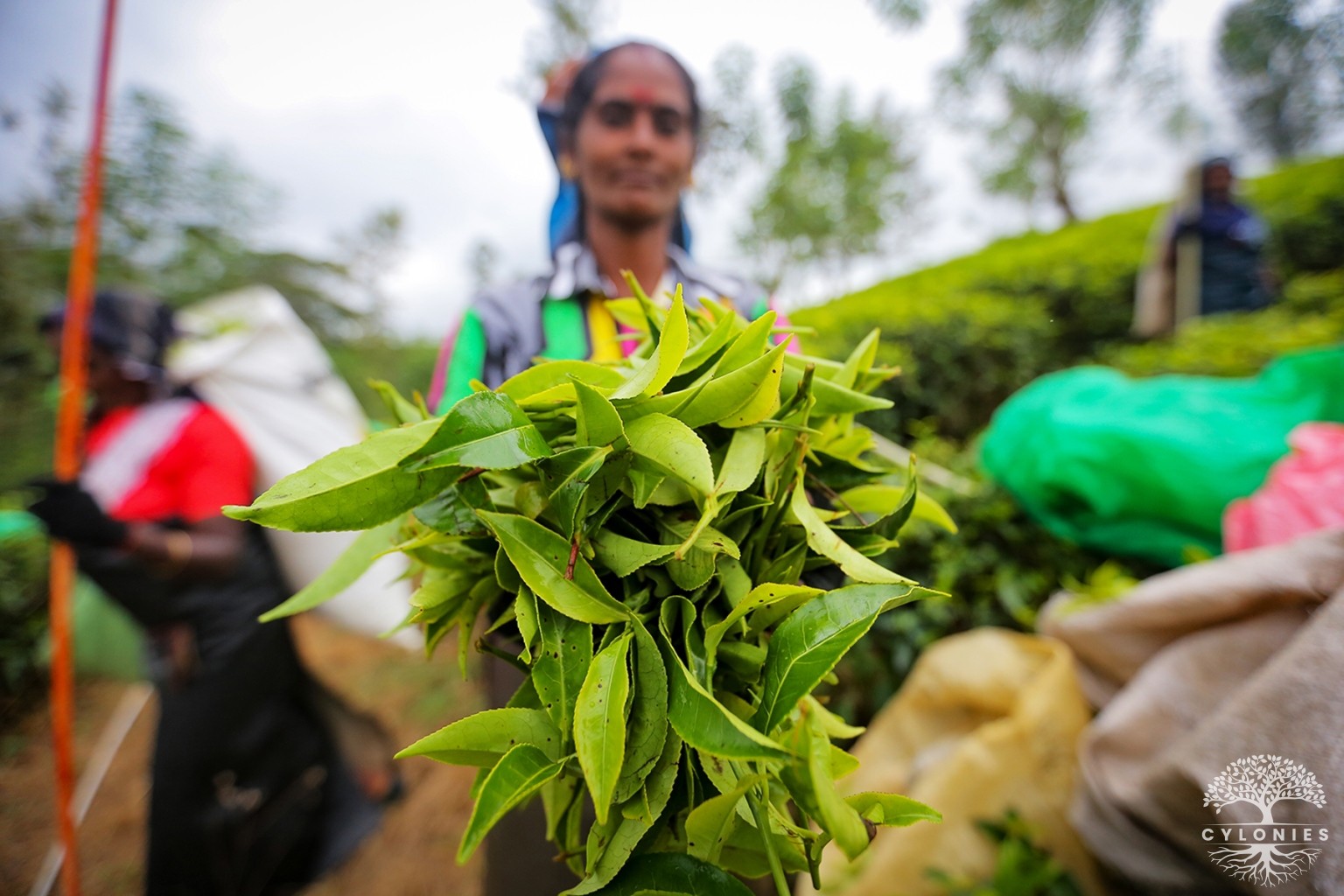
Why Pure Ceylon Tea?
-
Passion & Provenance – Since 1880, Ceylon Tea has been cultivated and manufactured using strict, traditional techniques and standards.
-
The Purest Tea in the World - Sri Lanka maintains its status as the 'Best in Class' producer of Quality Tea, according to the ISO's Technical Committee.
-
Freshness - Handpicked tea that retains the freshness and aroma of the tea. By selecting 100 percent organic and fair-trade, Green (Ceylon) tea and Green (Ceylon) Black tea, you will be assisting Small Organic Farmers in achieving a better way of life through the fair-trade idea.
-
Certified quality - The term 'Ceylon Tea' and the iconic Lion mark that goes with it denotes tea cultivated, manufactured, and packed wholly in Sri Lanka, in accordance with the Sri Lanka Tea Board's high quality criteria.
-
Diversity - Ceylon Tea is well-known for its unrivaled quality and wide range of flavor, character, and appearance based on the many tea-growing locations. Nuwara Eliya, Uva, Uda Pussellawa, Dimbula, Kandy, Ruhuna, and Sabaragamuwa are the seven agroclimatic areas of Sri Lanka.
-
‘Ozone friendly’ Ceylon Tea- Sri Lanka has taken several steps to comply with international environmental conventions and accords, and has earned the distinction of being the first tea beverage to be recognized internationally as ozone-friendly.
Ceylon had become renowned with the best tea in the world over the course of 150 years. Ceylon was tea and tea was Ceylon in the eyes and toungs of the world.
